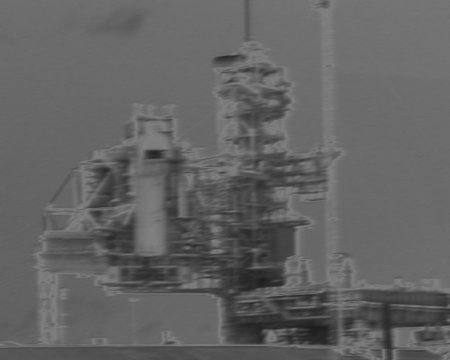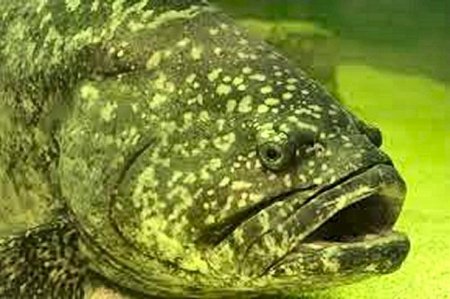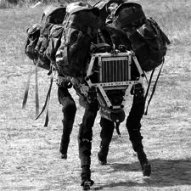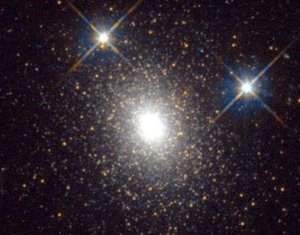“Ages hence will remember our century not for its barbaric wars, but for its major contributions to fundamental scientific knowledge…..Whatever the scientific discoveries of future ages, they will be based upon the body of twentieth century science.”
From: “Uncommon Sense: The Heretical Nature of Science” by Alan Cromer ISBN 0-19-509636- 3(Pbk.)
When the brothers Robert and Courtland Gross hocked just about everything they owned to raised the $40,000+ to buy Lockheed from the Scottish Loughead brothers it was a very bold, very innovative move. One could say they definitely used uncommon sense, considering the fledgling world of aviation at that time. I personally hope, they regularly shake hands, even hug, as they look down on their dream today.
When that young, bold airmail pilot, Charles Lindbergh decided to enter the contest for a transoceanic flight to Paris, he had a dream far beyond that of winning the challenge money. Like the Gross brothers, Lindbergh was motivated to boost aviation as an up and coming means of safe transportation that also would spell great opportunity for humankind. When he declared he would enter the contest as a solo pilot in a single engine plane he used brave, stunning uncommon sense to fulfill his dream. I hope he and the Gross brothers, whom he knew well, gleefully join in frequent celebration as they look over the results of their efforts.
The above stories are just two examples of many, many cases where bold entrepreneurs have used uncommon sense to make dreams and ideas into productive reality. Well, right now in this country, we are running low on uncommon sense and running high or finger pointing and blame dodging which produces screeching halts in our reputation for striking, and successful innovation. Yes, the political cries calling for common sense in this and that is a daily diatribe. Once in awhile we here a faint whisper calling for more uncommon sense. The problem is, the investor, the bold entrepreneurs of the Gross and Loughead brothers type are today playing with paper (stocks and bonds, etc) rather than dreams and ideas. We have essentially ceded to EurAsia (Europe, India, China, etc) the uncommon sense modus operandi. Interesting enough, in America the continuing examples of that uncommon sense rests with those early pioneers that produced Lockheed, Boeing, Northrup, Ryan, Douglas and many other dreamers. So, why have we given up on what we do best – innovation?
When the shuttle Atlantis launches next month in its final flight and the closing chapter of NASA’s glorious, innovative shuttle program, the book of uncommon sense stands the chance of being slammed shut. Yes, just like in those earlier, innovative days, there are young design and development companies out there struggling to break out on their own. They are trying to do this in a national atmosphere of fear. Fear of deficit an arch enemy of innovation. This barrier is exacerbated by political opportunists who see the deficit as the lever to bring the nation into a sharp turn backwards. If this should come to pass then both common and uncommon sense will be locked away. The best and saving solution is an immediate burst of uncommon sense, or more practically speaking, an outburst of innovation.
Now, President Obama has spoken eloquently about the importance of innovation in our future and as a mechanism to invigorate our economy, but he too is hampered by the deficit aura. This is where the breakout must occur. The White House and Congress must exercise uncommon sense to defy the deficit by directly stimulating innovation in our automobile, energy, science research, and space systems activities. Yes, there are other areas, but these areas will respond most quickly to uncommon sense by exercising it themselves to design, develop, and discover new paths of growth for this nation and for humankind. We need:
- Fuel efficient cars – not legislation, but actual vehicles that use other energy sources efficiently and inexpensively.
- To accept the responsibility of nuclear power generation as the greenest method of high energy production. The challenge is not design, the challenge is to innovate safety and endurance.
- To discourage political opportunists who seek to stifle science not recognizing that our future existence depends on a broadly aggressive scientific research environment.
- To prevent the stifling of our exploration of our solar system and deep space. To ignore this urgent matter is to essentially return humankind to darkened caves at a time when our continuing evolution demands that we seek understanding of all that surrounds us.
- To acknowledge the warnings and cries for help from our environment and in doing so begin to recognize that a safe and living Earth is the most vital resource we have for our continuing existence.
IMAGE CREDIT: Wright brothers first flight at KittyHawk, NC http://tinyurl.com/3kjuhlj












